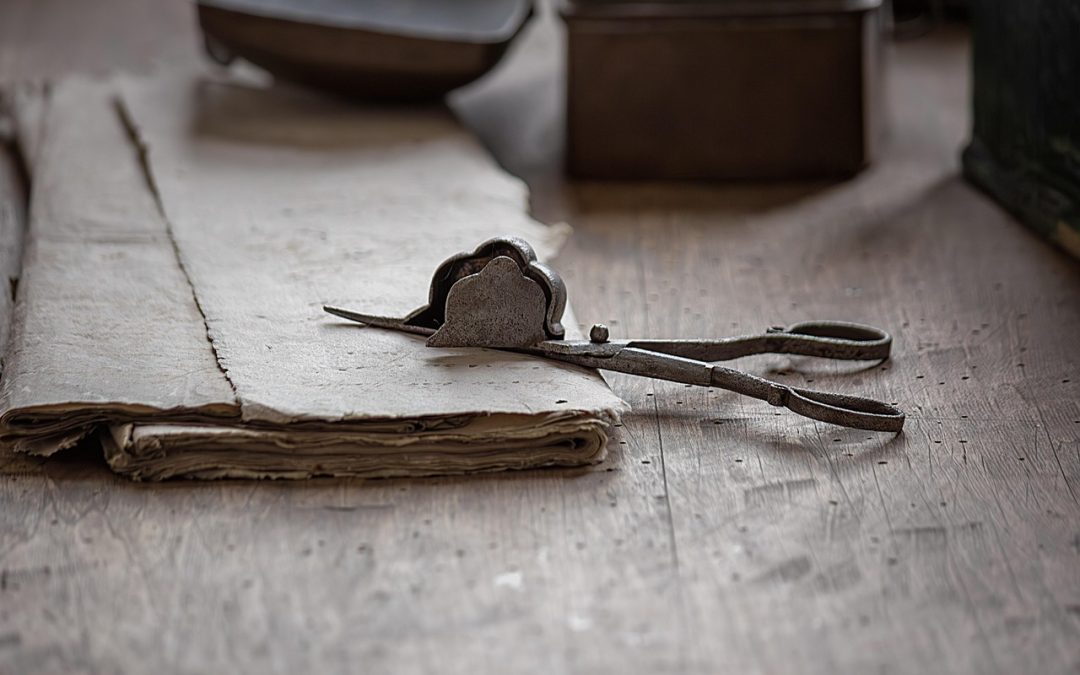As a writer, there’s something special about holding a physical copy of your work. For many of us, chapbooks are the perfect medium – intimate, accessible, and beautifully tactile. But when it comes to designing your chapbook, it’s easy to feel overwhelmed. Fear not! With a few simple tips and tricks, you can create a stunning DIY chapbook that showcases your writing and makes you proud.
Getting Started: The Basics of Chapbook Design
Before you dive into the design, take some time to think about the overall aesthetic you want to achieve. Consider the tone of your writing, the themes that run throughout your work. Do you want your chapbook to feel modern and sleek, or more rustic and handmade? Think about the colors, fonts, and imagery that will help bring your vision to life.
When it comes to the actual design, there are a few key elements to consider:
- Trim size: This is the size of your chapbook’s final pages. Common sizes include 5.5 x 8.5, 6 x 9, and 7 x 10.
- Margin size: Leave enough room around the edges for binding and to prevent text from getting lost in the gutter.
- Typeface: Choose a font that’s easy to read and fits with your overall aesthetic. Some popular choices include Georgia, Garamond, and Helvetica.
- Line spacing: Aim for a minimum of 1.2 to ensure your text is comfortable to read.
Designing Your Chapbook: Paper and Binding Options
One of the most exciting parts of creating a DIY chapbook is choosing the paper and binding. This is where your chapbook starts to feel truly special.
For paper, look for options with a high gsm (grams per square meter). This will give your chapbook a premium feel. Some popular choices include:
- 80gsm – a lightweight, economical option
- 100gsm – a versatile choice for most chapbooks
- 150gsm – a heavier, more premium option
When it comes to binding, you have a few options. If you’re new to DIY binding, I recommend starting with a simple stapled or saddle-stitched spine are easy to create and require minimal equipment. For a more complex bind, consider investing in a bookbinding kit or seeking out a professional service.
If you’re interested in exploring DIY book binding further, I recommend checking out our guide to DIY Book Binding Basics.
Tips and Tricks for a Professional Finish
Now that you’ve got the basics down, it’s time to take your chapbook to the next level. Here are a few tips and tricks to help you achieve a professional finish:
Use a design program like Vellum or Canva to create a polished, cohesive design. These programs offer a range of templates and design elements to help you get started.
Pay attention to the little things – like using headers, footers, and page numbers to create a cohesive, easy-to-navigate design.
Don’t be afraid to experiment and try new things. Chapbooks are the perfect place to take risks and push the boundaries of traditional publishing.
Finally, remember that creating a DIY chapbook is all about celebrating your writing and sharing it with the world. Don’t get too caught up in the design process that you forget to enjoy the journey.
“The true work of art is but a shadow of the divine perfection.” – Michelangelo
In the end, your chapbook is a reflection of you and your writing. By following these simple tips and tricks, you can create a beautiful, professional-looking DIY chapbook that showcases your work and makes you proud.
So what are you waiting for? Start designing your chapbook today and join the growing community of writers who are embracing the chapbook as a powerful tool for sharing their work. As we explore in our article Why Chapbooks Are the Future of Publishing, chapbooks offer a unique opportunity for writers to take control of the publishing process and connect with their readers in a meaningful way.
Happy designing, and don’t forget to check out our chapbook resources, including our comprehensive guide to Chapbook 101: DIY Publishing Success.

